CUPRA Born vs VW ID.7 – Differences & prices compared
Both models have their strengths – but which one suits you more?
Compare performance, efficiency, price and space directly: CUPRA Born or VW ID.7?
Costs and Efficiency: Price and efficiency are often the first things buyers look at. Here it becomes clear which model has the long-term edge – whether at the pump, the plug, or in purchase price.
CUPRA Born has a clearly perceptible advantage in terms of price – it starts at 34700 £, while the VW ID.7 costs 46400 £. That’s a price difference of around 11704 £.
In terms of energy consumption, the advantage goes to the VW ID.7: with 13.60 kWh per 100 km, it’s hardly perceptible more efficient than the CUPRA Born with 14.90 kWh. That’s a difference of about 1.30 kWh.
As for range, the VW ID.7 performs to a small extent better – achieving up to 708 km, about 114 km more than the CUPRA Born.
Engine and Performance: Power, torque and acceleration are the classic benchmarks for car enthusiasts – and here, some clear differences start to show.
When it comes to engine power, the VW ID.7 has a hardly perceptible edge – offering 340 HP compared to 326 HP. That’s roughly 14 HP more horsepower.
In acceleration from 0 to 100 km/h, the VW ID.7 is barely noticeable quicker – completing the sprint in 5.40 s, while the CUPRA Born takes 5.60 s. That’s about 0.20 s faster.
In terms of top speed, the CUPRA Born performs barely noticeable better – reaching 200 km/h, while the VW ID.7 tops out at 180 km/h. The difference is around 20 km/h.
There’s also a difference in torque: VW ID.7 pulls to a small extent stronger with 679 Nm compared to 545 Nm. That’s about 134 Nm difference.
Space and Everyday Use: Whether family car or daily driver – which one offers more room, flexibility and comfort?
Both vehicles offer seating for 5 people.
In curb weight, CUPRA Born is somewhat lighter – 1828 kg compared to 2180 kg. The difference is around 352 kg.
In terms of boot space, the VW ID.7 offers evident more room – 532 L compared to 385 L. That’s a difference of about 147 L.
In maximum load capacity, the VW ID.7 performs noticeable better – up to 1586 L, which is about 319 L more than the CUPRA Born.
When it comes to payload, VW ID.7 slight takes the win – 465 kg compared to 452 kg. That’s a difference of about 13 kg.
Who wins the race?
The VW ID.7 proves to be performs better in key areas and therefore becomes our DriveDuel Champion!
VW ID.7 is the better all-rounder in this comparison.
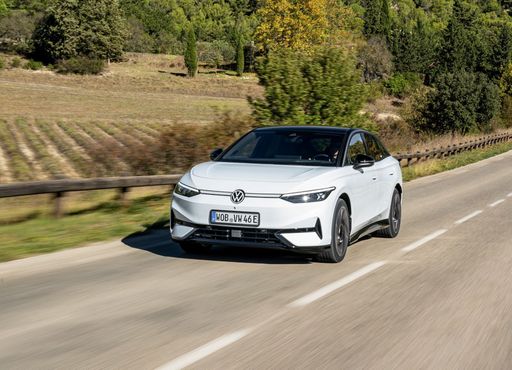
VW ID.7
CUPRA Born
The CUPRA Born stands out as a striking addition to the realm of electric vehicles, merging innovative design with dynamic performance. Its sleek, aerodynamic profile is complemented by an interior that prioritises both driver comfort and cutting-edge technology. With sustainability in mind, this electric hatchback embodies a new era of responsible yet exhilarating driving.
details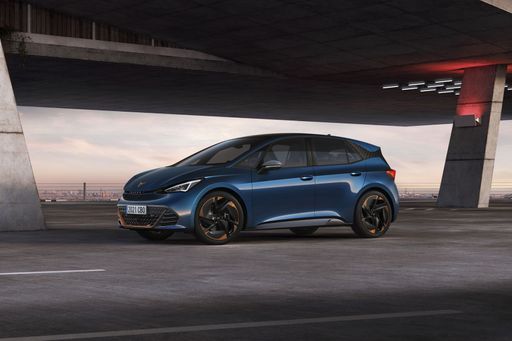 @ seat-mediacenter.com
@ seat-mediacenter.com
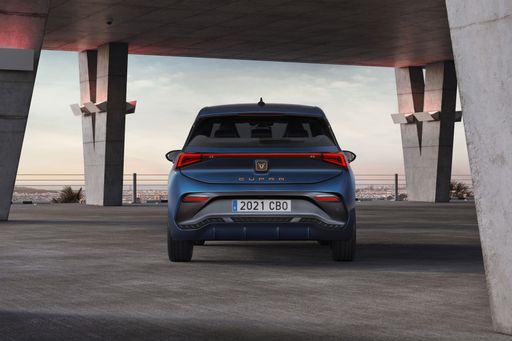 @ seat-mediacenter.com
@ seat-mediacenter.com
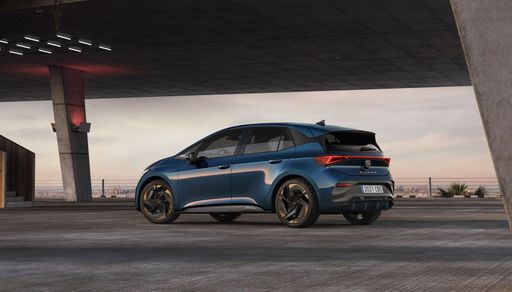 @ seat-mediacenter.com
@ seat-mediacenter.com
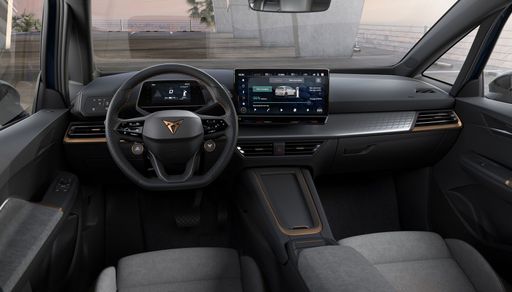 @ seat-mediacenter.com
@ seat-mediacenter.com
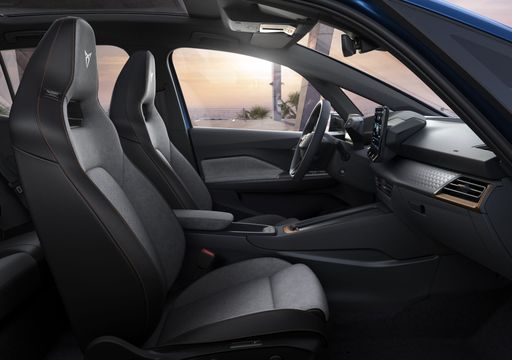 @ seat-mediacenter.com
@ seat-mediacenter.com
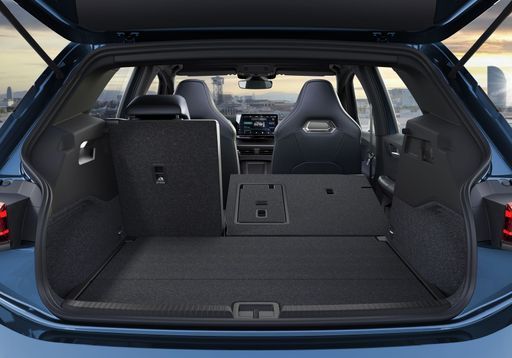 @ seat-mediacenter.com
@ seat-mediacenter.com
VW ID.7
The VW ID.7 represents a significant step forward in Volkswagen's electric vehicle lineup, offering an elegant design combined with advanced technology features. This electric saloon showcases a sleek aerodynamic profile, prioritising both performance and efficiency. Inside, drivers will appreciate the spacious and modern cabin, equipped with intuitive controls and connectivity features for a seamless driving experience.
details @ Volkswagen.de
@ Volkswagen.de
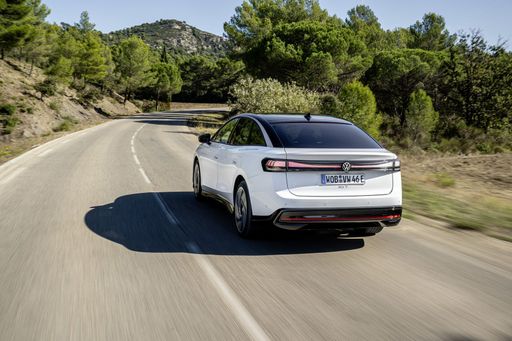 @ Volkswagen.de
@ Volkswagen.de
 @ Volkswagen.de
@ Volkswagen.de
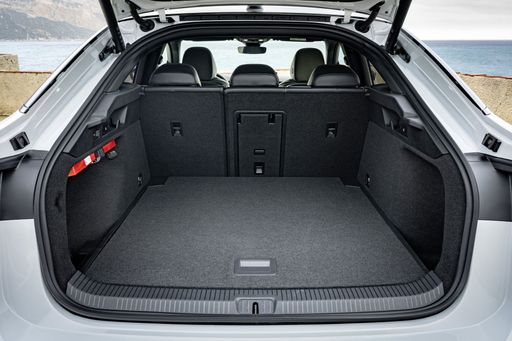 @ Volkswagen.de
@ Volkswagen.de

|

|
|
|
|
Costs and Consumption |
|
|---|---|
|
Price
34700 - 45300 £
|
Price
46400 - 54200 £
|
|
Consumption L/100km
-
|
Consumption L/100km
-
|
|
Consumption kWh/100km
14.9 - 16 kWh
|
Consumption kWh/100km
13.6 - 16.2 kWh
|
|
Electric Range
427 - 594 km
|
Electric Range
594 - 708 km
|
|
Battery Capacity
60 - 79 kWh
|
Battery Capacity
77 - 86 kWh
|
|
co2
0 g/km
|
co2
0 g/km
|
|
Fuel tank capacity
-
|
Fuel tank capacity
-
|
Dimensions and Body |
|
|---|---|
|
Body Type
Hatchback
|
Body Type
Hatchback
|
|
Seats
5
|
Seats
5
|
|
Doors
5
|
Doors
5
|
|
Curb weight
1828 - 1999 kg
|
Curb weight
2180 - 2325 kg
|
|
Trunk capacity
385 L
|
Trunk capacity
532 L
|
|
Length
4324 mm
|
Length
4961 mm
|
|
Width
1809 mm
|
Width
1862 mm
|
|
Height
1540 mm
|
Height
1535 - 1536 mm
|
|
Max trunk capacity
1267 L
|
Max trunk capacity
1586 L
|
|
Payload
431 - 452 kg
|
Payload
460 - 465 kg
|
Engine and Performance |
|
|---|---|
|
Engine Type
Electric
|
Engine Type
Electric
|
|
Transmission
Automatic
|
Transmission
Automatic
|
|
Transmission Detail
Reduction Gearbox
|
Transmission Detail
Reduction Gearbox
|
|
Drive Type
Rear-Wheel Drive
|
Drive Type
Rear-Wheel Drive, All-Wheel Drive
|
|
Power HP
204 - 326 HP
|
Power HP
286 - 340 HP
|
|
Acceleration 0-100km/h
5.6 - 7.7 s
|
Acceleration 0-100km/h
5.4 - 6.6 s
|
|
Max Speed
160 - 200 km/h
|
Max Speed
180 km/h
|
|
Torque
265 - 545 Nm
|
Torque
545 - 679 Nm
|
|
Number of Cylinders
-
|
Number of Cylinders
-
|
|
Power kW
150 - 240 kW
|
Power kW
210 - 250 kW
|
|
Engine capacity
-
|
Engine capacity
-
|
General |
|
|---|---|
|
Model Year
2024 - 2025
|
Model Year
2023 - 2024
|
|
CO2 Efficiency Class
A
|
CO2 Efficiency Class
A
|
|
Brand
CUPRA
|
Brand
VW
|
What drivetrain options does the CUPRA Born have?
The CUPRA Born is available as Rear-Wheel Drive.
The prices and data displayed are estimates based on German list prices and may vary by country. This information is not legally binding.
